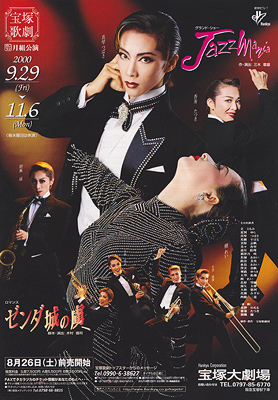
Wheeler was nominated for Best Art Direction. Balderston, adapted by Wells Root from the novel, with dramatization by Edward Rose Donald Ogden Stewart was responsible for additional dialogue, and Ben Hecht and Sidney Howard made uncredited contributions.Īlfred Newman received the first of his 43 Academy Award nominations, for Original Music Score, while Lyle R. Selznick for Selznick International Pictures, and distributed by United Artists. It was directed by John Cromwell, produced by David O. Aubrey Smith, Raymond Massey, Mary Astor and David Niven. The film starred Ronald Colman, Madeleine Carroll and Douglas Fairbanks Jr., with a supporting cast including C. Given the parallels, I must admit that I'm now very curious as to how the 1937 "Prisoner of Zenda" - which I've never seen - stands up in comparison! This one is a plush literary adaptation, but lacks the rollicking rapier-edge of laughter and daring that characterise the great classics of its genre.The Prisoner of Zenda is a 1937 American black-and-white adventure film based on Anthony Hope's 1894 novel of the same name and the 1896 play. I am reminded of Zoltan Korda's re-make of his own "Four Feathers" as the widescreen "Storm of the Nile": the story (and indeed in that case the script) is the same, but the spark is missing. It isn't the best work of any of the actors involved. Ultimately, I found this a decent film, but not as outstanding as it should have been, given its constituent parts. Deborah Kerr is sweet, fiery and entirely convincing as Princess Flavia, next in line to the throne, and Jane Greer is more than equal to the pivotal role of Antoinette de Mauban, whose complex motives prove the key to the whole plot. The other male characters are little more than one-dimensional down to Duke Michael's villainous limp, although Louis Calhern makes an upright Colonel Zapt. No stranger to charismatic villainy in the likes of "The Man in Grey", "Fanny by Gaslight" or "The Wicked Lady", he is here oddly lacking in Rupert of Hentzau's essential perverse charm, in what should have been a scene-stealing part. It was James Mason, sporting an incongruous Prussian bullet-head haircut, who was the real disappointment for me.

However, I didn't find Rudolf Rassendyll to be one of his more memorable characters. Stewart Granger differentiates his dual roles admirably, to the extent that I caught myself becoming sceptical as to the actual resemblance between the two supposed doubles! His final duel is as athletic as any in his screen career, although the plot demands dogged defence rather than flashing brilliance indeed, the outcome is refreshingly unconventional. Swashbucklers should spring lightly this one has gloss, but a certain stilted air. and somehow, in every aspect that melded together to produce the classic that was its counterpart, it never quite catches up. There were in fact *two* films released in 1952 starring Stewart Granger in sword-fighting heroics: one of them - enchanting, bittersweet, dancing of wit and of blade, and featuring what was to become one of the most famous fight sequences in screen history - was, of course, "Scaramouche". not to mention a setting that's not only generically but genuinely Ruritanian! But on viewing it again after a lapse of some years, I find that it still doesn't work for me and there doesn't seem to be any obvious reason why. On the face of it, "The Prisoner of Zenda" has everything a swashbuckler could require to make it a glorious success: a star-studded cast with previous form, Technicolour pageantry, MGM production values, an Alfred Newman score, a classic story of self-sacrificing heroism.


 0 kommentar(er)
0 kommentar(er)
